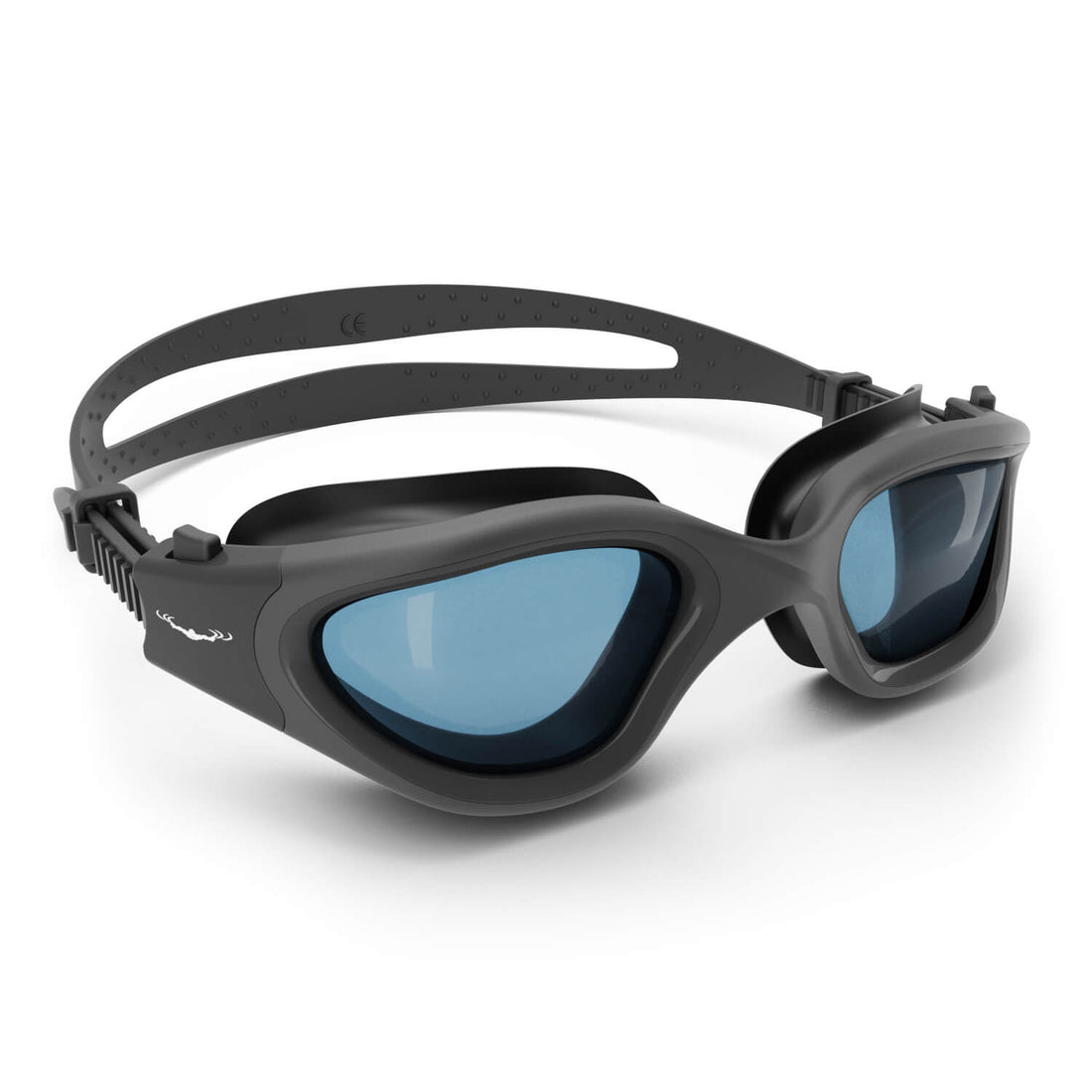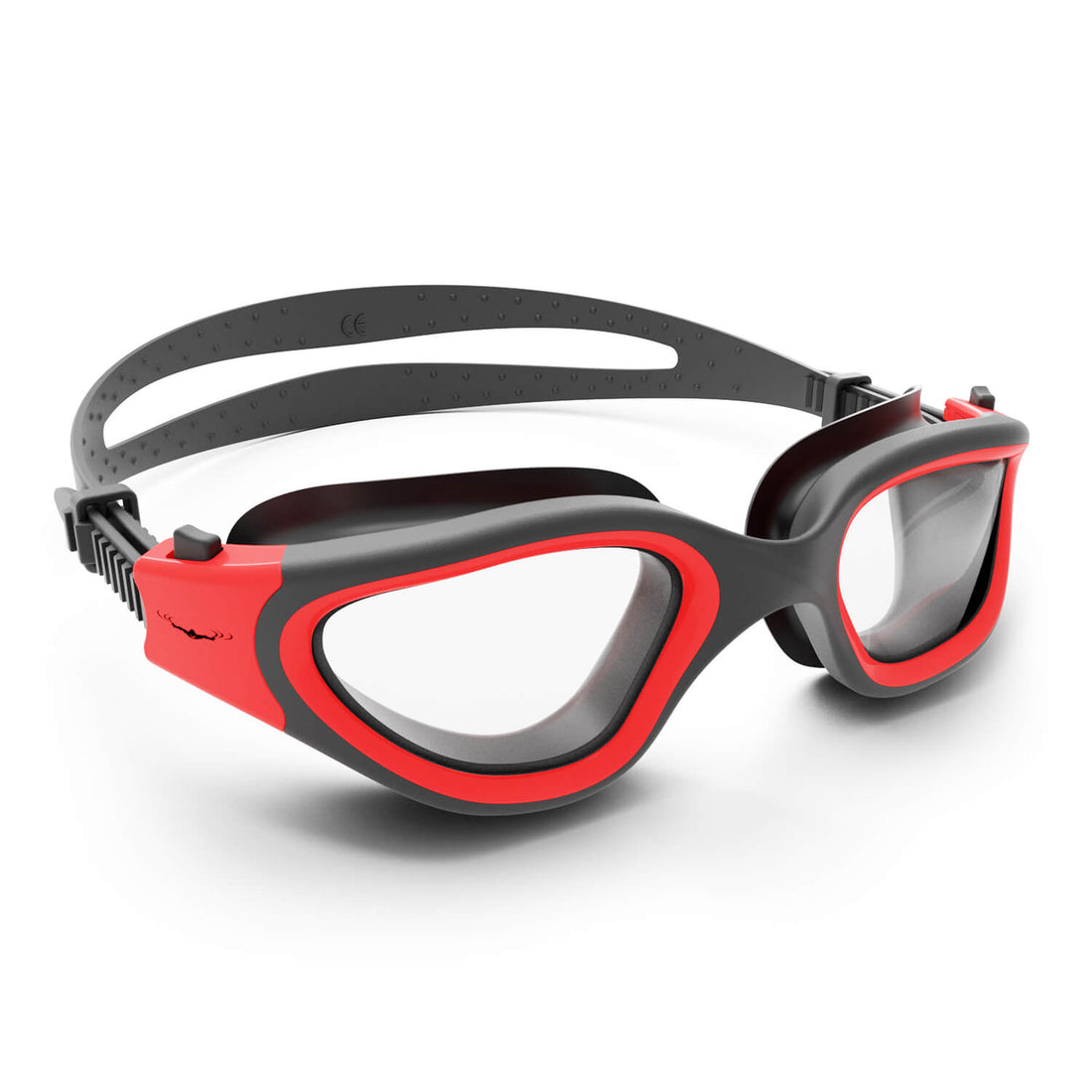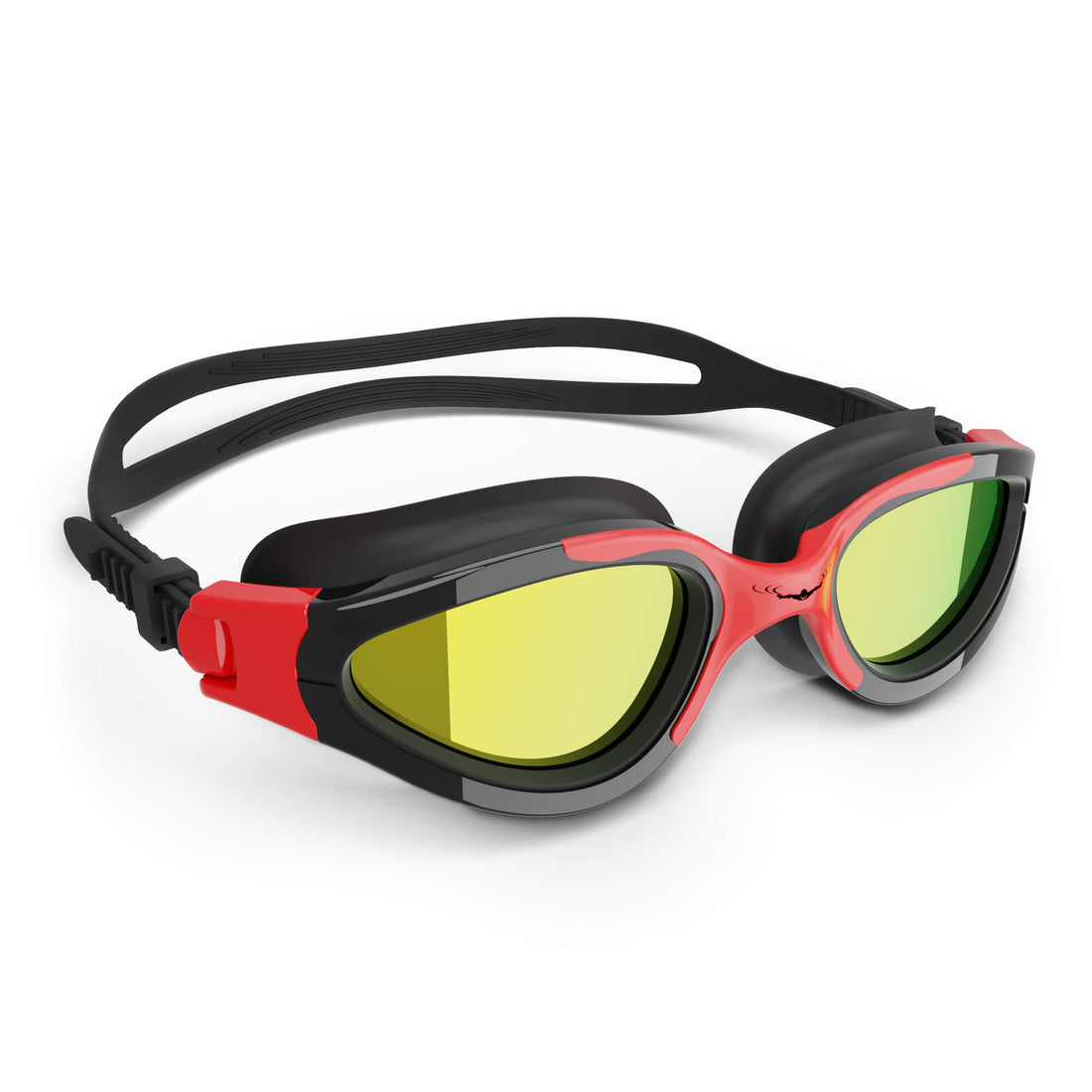Introduction
Swimming is a popular sport and leisure activity enjoyed by people of all ages and skill levels. Public pools and fitness centers often have designated swimming lanes to accommodate multiple swimmers at once, making it essential to follow proper pool etiquette to ensure a safe and enjoyable experience for everyone. In this article, we'll cover the dos and don'ts of sharing swimming lanes to help you navigate the waters with grace and consideration.
The Dos of Sharing Swimming Lanes
-
Choose the right lane: Most pools have lanes designated for different swimming speeds or skill levels. Be sure to select a lane that best matches your ability, and pay attention to any posted signs or guidelines. If you're unsure, observe the swimmers already in the lanes and choose one with a similar pace to your own.
-
Circle swim: When a lane has multiple swimmers, it's common practice to swim in a circular pattern, staying on one side of the lane as you swim up and down. In the United States, this usually means swimming counterclockwise, keeping the lane rope on your right side. However, this may vary in other countries, so be sure to observe the local custom.
-
Be mindful of personal space: When sharing a lane, make an effort to give your fellow swimmers enough space to swim comfortably. This might mean adjusting your pace, waiting for a gap before starting your swim, or moving over slightly to allow faster swimmers to pass.
-
Communicate with other swimmers: Before entering a lane, let the swimmers already in the lane know you'll be joining them. If you need to pass someone, gently tap their foot to signal your intention. Similarly, be receptive to communication from others, whether they need to pass or are joining the lane.
-
Rest at the wall: If you need a break, move to the side of the lane near the wall, allowing other swimmers to continue swimming and make turns without obstruction.
The Don'ts of Sharing Swimming Lanes
-
Don't block the lane: Avoid stopping in the middle of the lane or obstructing other swimmers by swimming too close to the lane rope or the middle of the lane. Be mindful of your surroundings and make an effort to stay in your designated area.
-
Don't push off directly in front of other swimmers: Give other swimmers space and wait for a gap before starting your swim or pushing off the wall. This helps prevent collisions and allows everyone to maintain their pace.
-
Don't monopolize the lane: Remember that the lane is a shared space, and everyone has the right to swim comfortably. Avoid swimming with large or disruptive equipment like kickboards, fins, or paddles during peak hours, as these can interfere with other swimmers.
-
Don't wear inappropriate swimwear: Wear proper swim attire that is both functional and respectful of others. Loose or revealing clothing can be distracting or uncomfortable for other swimmers and is generally not allowed in public pools.
-
Don't ignore posted rules and guidelines: Each pool may have its specific set of rules, so make sure to familiarize yourself with them and follow them accordingly. This can include rules about diving, using equipment, or wearing swim caps.
Additional Tips for a Smooth Swimming Experience
- Warm-up and stretch before entering the pool: This not only helps prevent injuries but also ensures that you're ready to swim at a consistent pace when you enter the lane.
- Be flexible: If the pool is particularly crowded, be prepared to adjust your workout or share a lane with more swimmers than usual.
- Be respectful and friendly: A positive attitude goes a long way in creating a pleasant atmosphere for everyone in the pool. A simple smile or a friendly greeting can make all the difference in fostering a sense of camaraderie among swimmers.
- Practice good hygiene: Shower before entering the pool and avoid swimming when you're sick or have an open wound. This helps keep the pool clean and safe for everyone to use.
- Be patient: Understand that everyone has different skill levels and speeds, and that sometimes you may need to slow down or wait your turn to accommodate others.
- Offer assistance: If you see a fellow swimmer struggling or unsure of the lane etiquette, kindly offer guidance or advice. Helping others can lead to a more enjoyable experience for everyone in the pool.
Conclusion
Sharing swimming lanes is an essential aspect of pool etiquette that ensures a safe, enjoyable, and efficient swimming environment for everyone. By following the dos and don'ts outlined in this article, you can contribute to a positive swimming experience for yourself and your fellow swimmers. Remember that patience, communication, and respect go a long way in fostering a welcoming and harmonious atmosphere in any swimming pool. So, suit up, dive in, and enjoy your swim while being mindful of those around you.










